6 min read
Right Loyalty Solution for Retail: Purpose-Built vs. Matched
Discover how to choose the right loyalty solutions for retail. Explore core features, industry challenges, and why Eagle Eye delivers unmatched expertise.
Get the latest insights, research and news delivered straight to your inbox.
Plus, enter to win the 2nd edition of Omnichannel Retail by Tim Mason & Sarah Jarvis!
No spam. We promise. 💜
How ASDA leveraged Eagle Eye's market-leading loyalty platform and expertise to launch 'ASDA Rewards', deployed just 3 months after project kick-off.
Contact us to find out how we can enable your teams on our platform.

Explore our latest blogs, news articles, media coverage, and industry recognition—insights that shape the future of loyalty, personalization, and digital promotions.
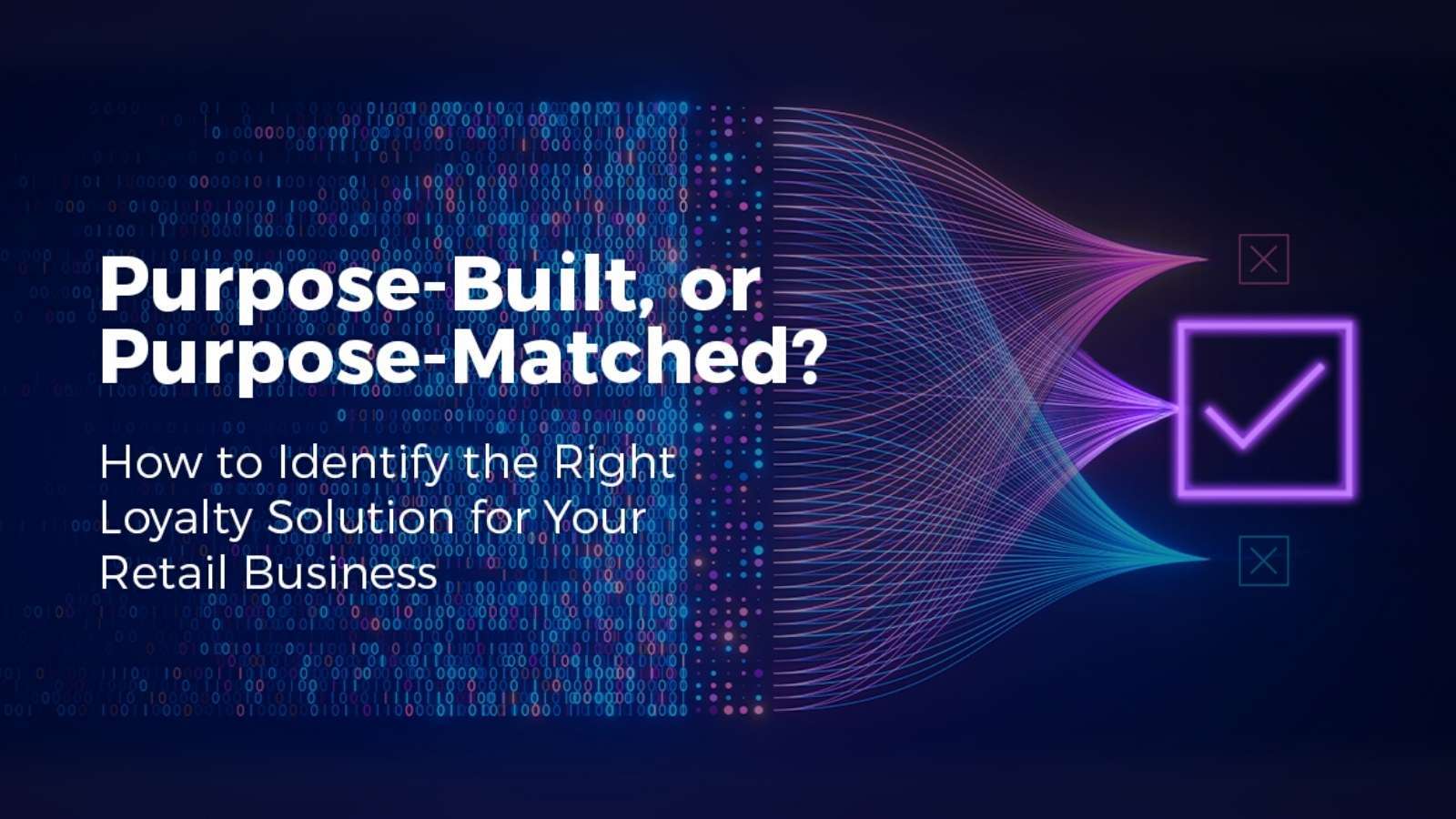
6 min read
Discover how to choose the right loyalty solutions for retail. Explore core features, industry challenges, and why Eagle Eye delivers unmatched expertise.
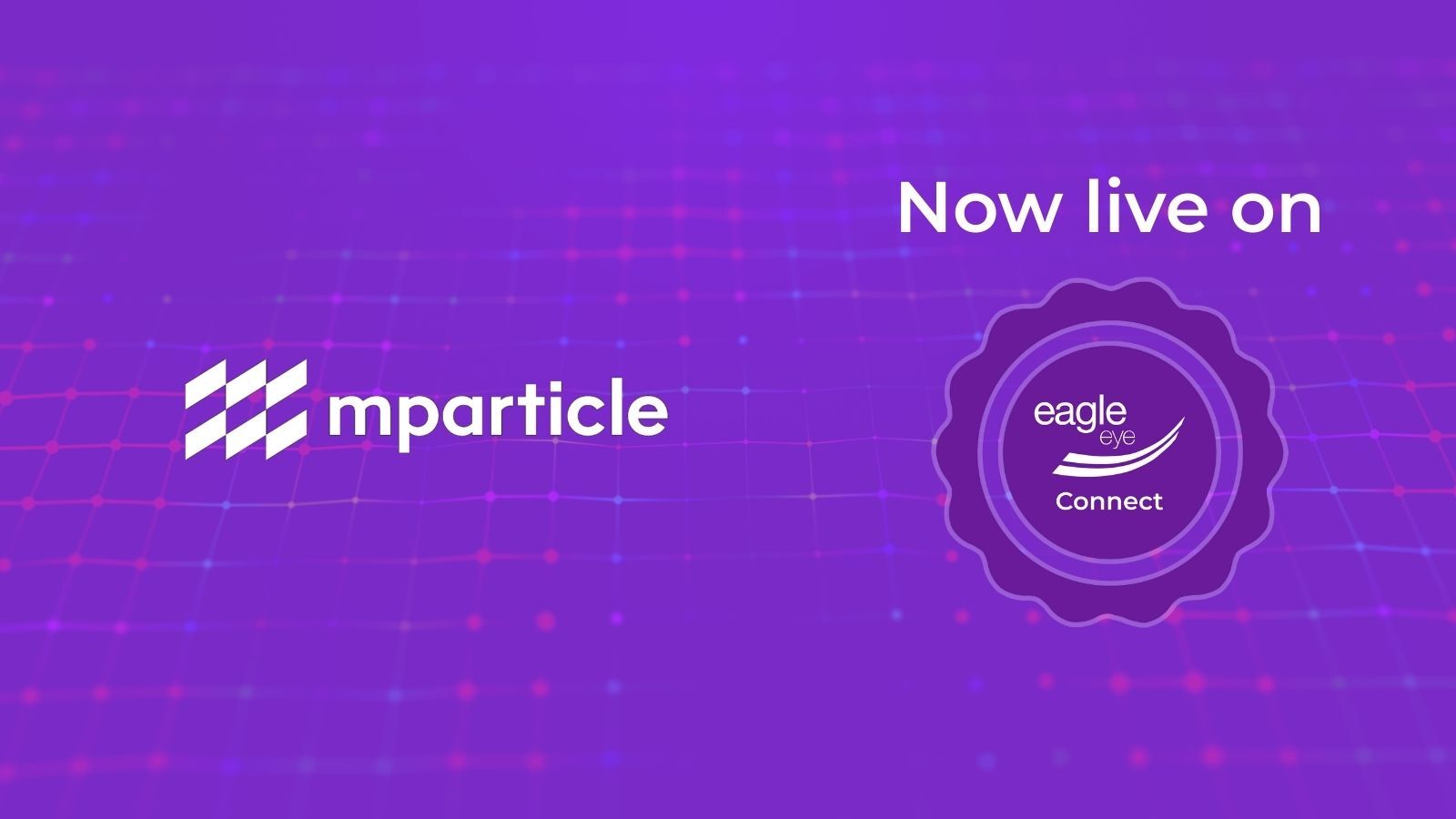
1 min read
Unlock personalized loyalty experiences with the new Eagle Eye Connect and mParticle integration—turn customer data into real-time rewards and offers.
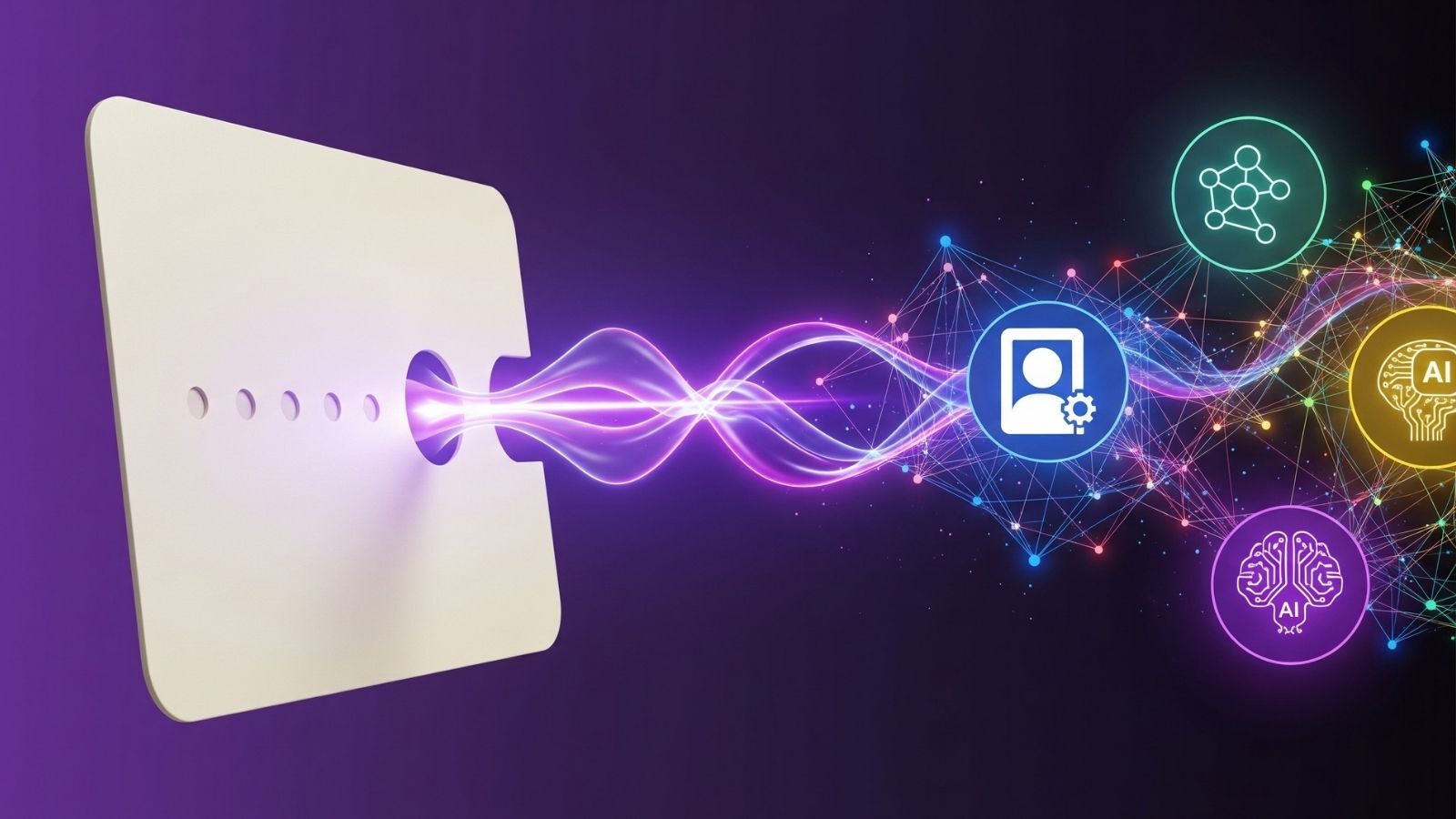
2 min read
Discover how leading retailers use AI and data to transform loyalty programs into personalized, value-driven customer experiences.
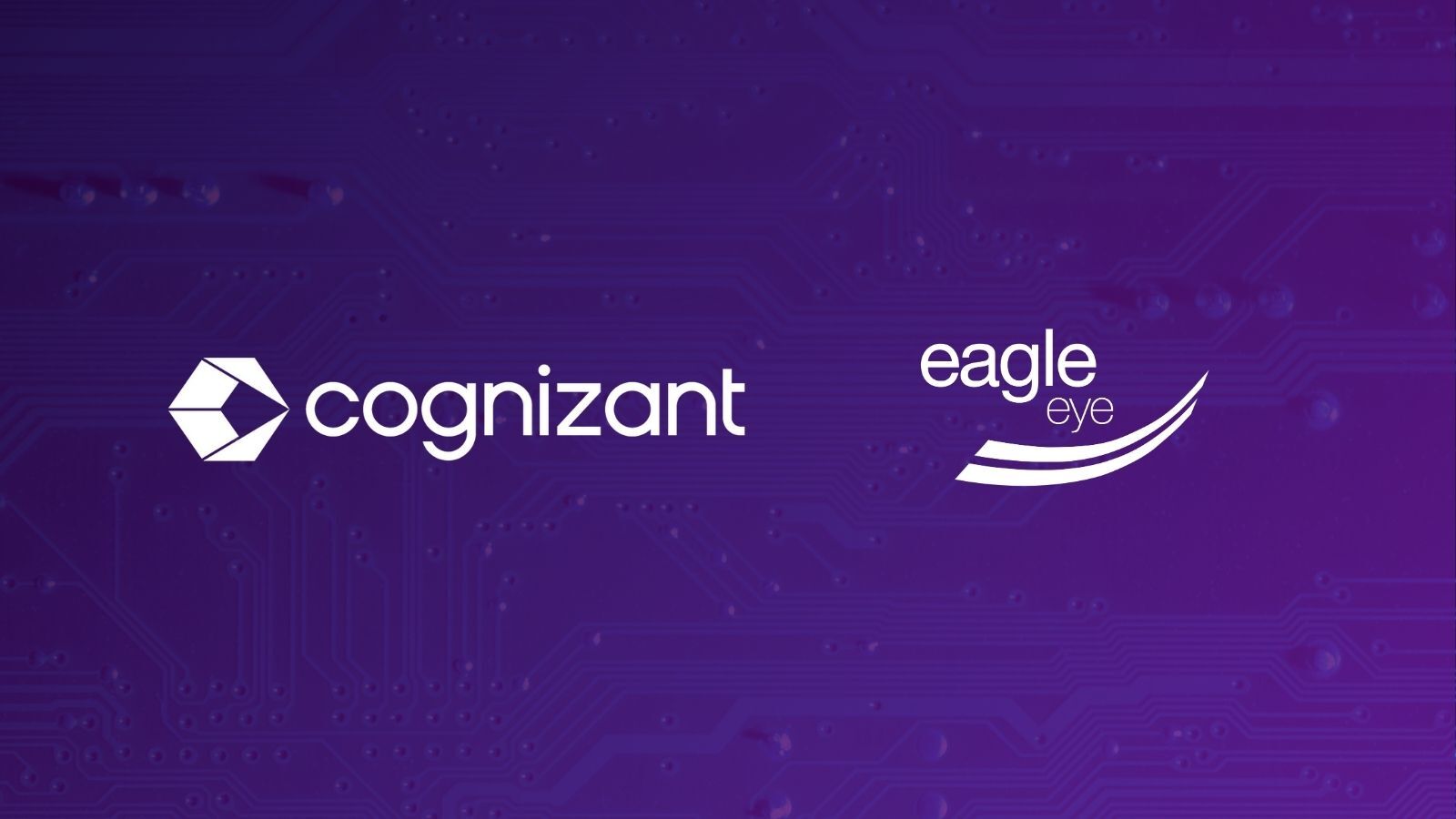
3 min read
Eagle Eye and Cognizant announce a partnership to deliver real-time AI-powered loyalty and personalization at scale for global retailers.
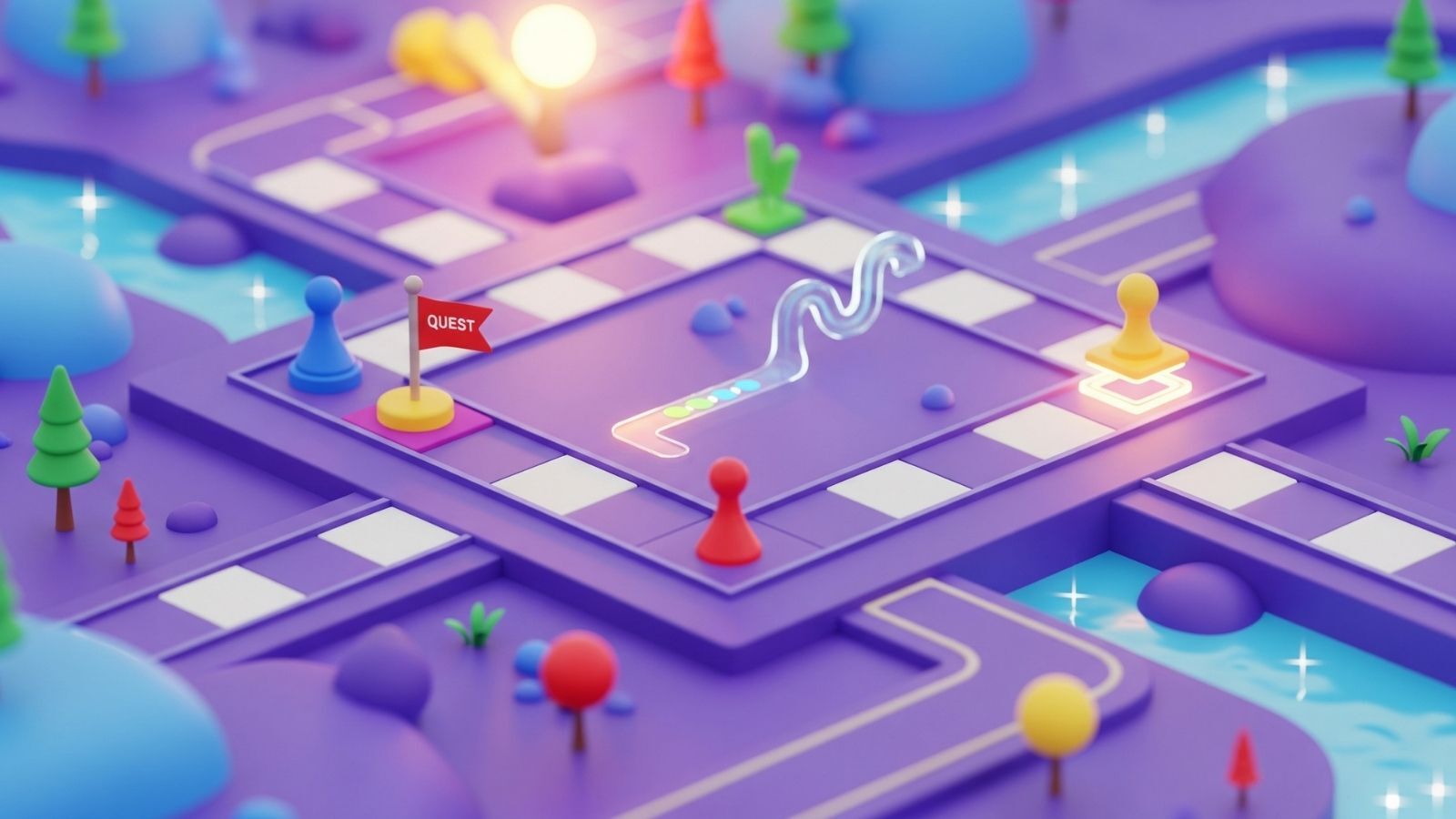
2 min read
Discover how gamification tools like Quests, Stamp Cards, and Reward Banks drive deeper loyalty, engagement, and personalization with Eagle Eye.

1 min read
Experts debate whether AI is making us lazy or enhancing thinking. Discover why AI should be a partner, not a crutch, in the digital age.

1 min read
Jonathan Reeve shares Eagle Eye's practical approach to navigating complex privacy laws with smart prioritization, data mapping, and privacy-first strategy
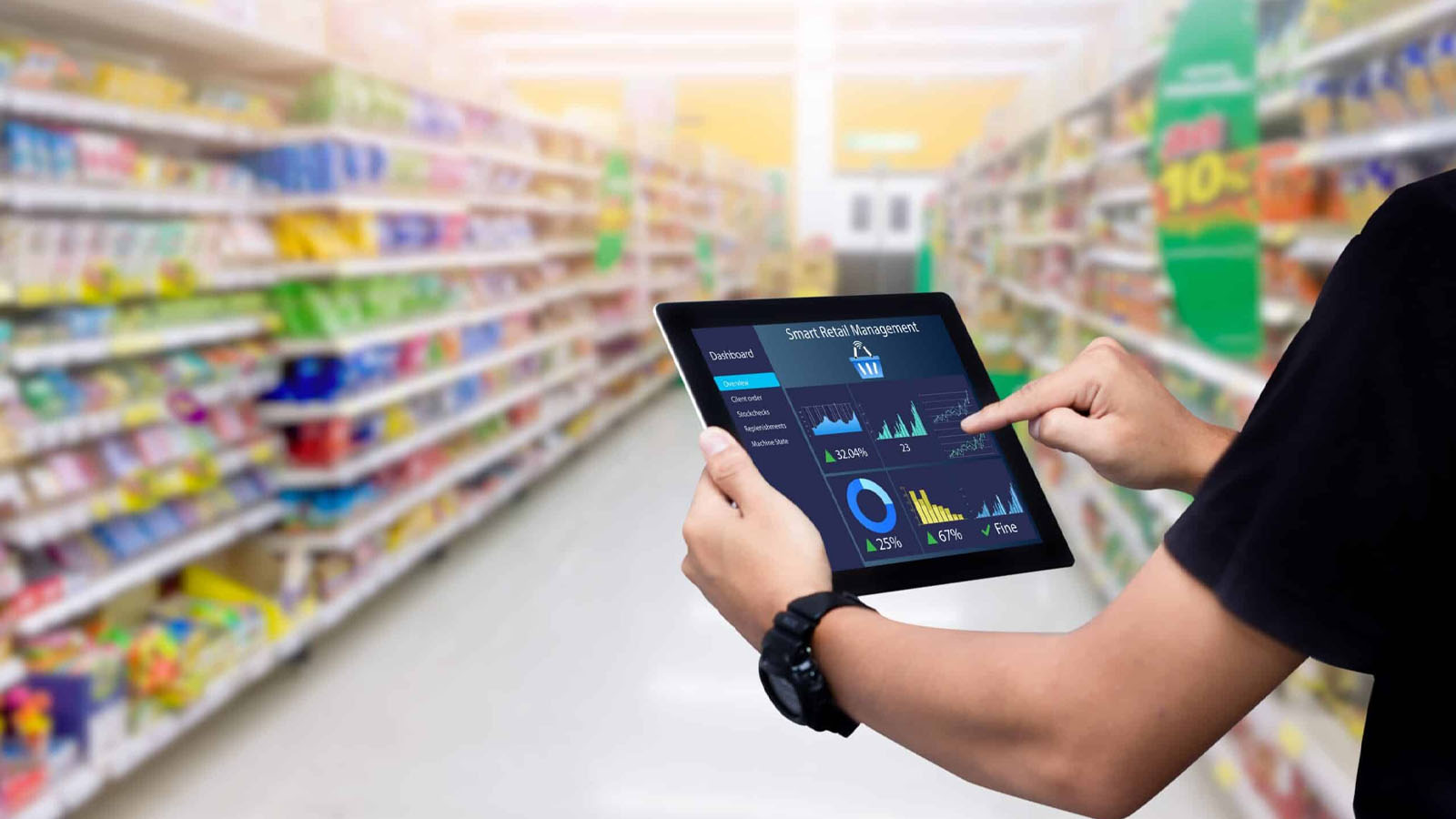
1 min read
Grocers using data-driven loyalty programs during inflation are achieving 3.8% sales growth and deeper engagement—find out how.
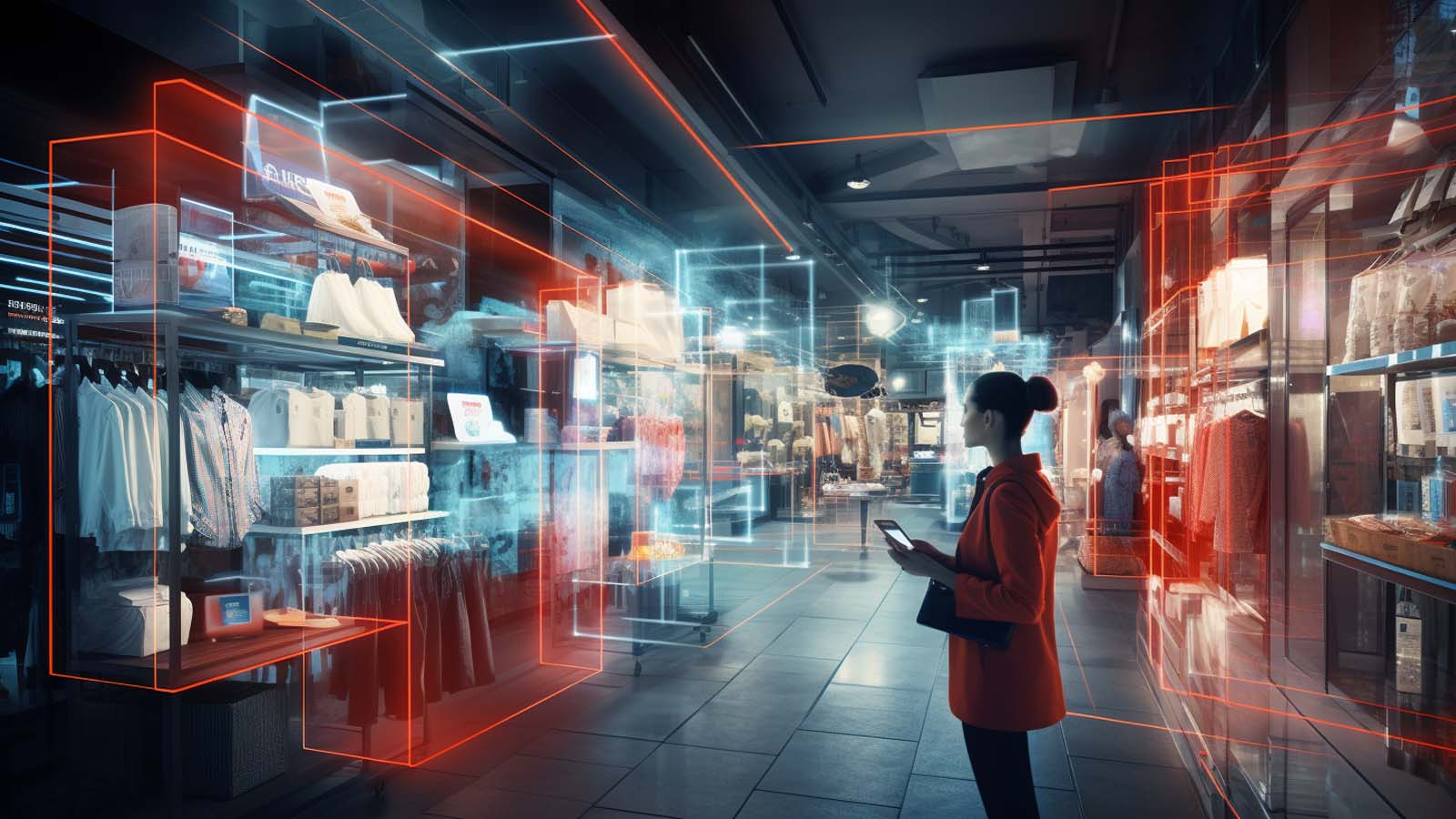
1 min read
Jeff Baskin reveals how AI transforms retail media by delivering personalized offers, improving attribution accuracy, and boosting advertiser ROI.

1 min read
Eagle Eye has been named an ‘AI Trailblazer’ by the Daily Mail, recognizing our leadership in scalable AI-powered loyalty and personalization solutions.